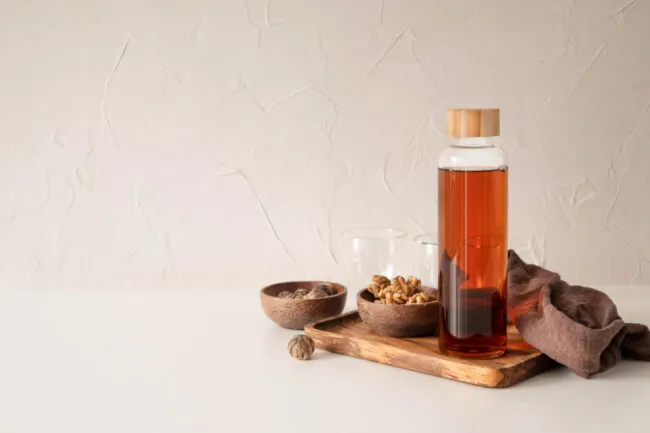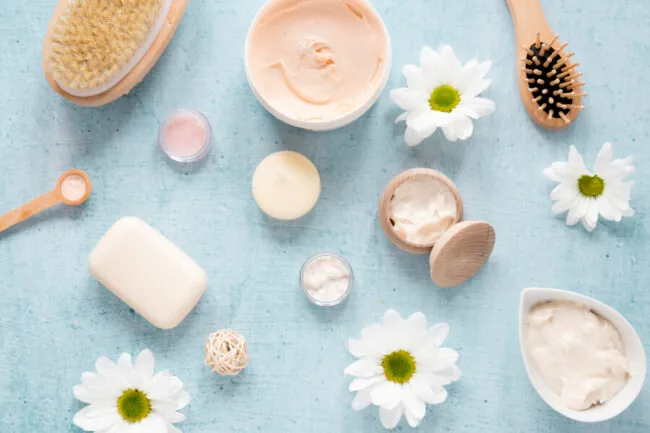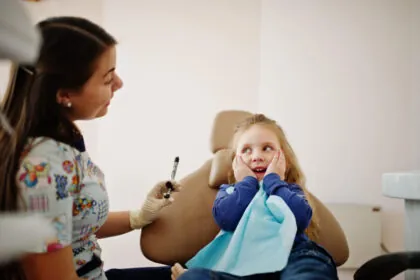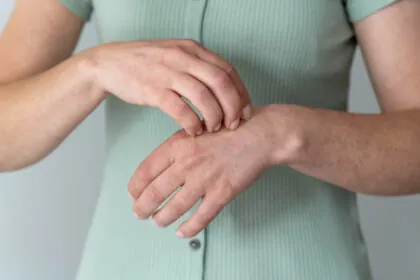If your child has scabies, it can be distressing, but don’t worry—there are effective home remedies that can help alleviate symptoms and speed up recovery.
In this guide, we’ll explore what scabies is, its symptoms, and various home remedies you can use to treat scabies in children.
Home Remedies for Scabies
When dealing with scabies in children, it’s crucial to use gentle yet effective remedies. Here are some home treatments using natural ingredients that are safe for kids:
Turmeric
Turmeric is known for its anti-inflammatory and antimicrobial properties, which can help reduce itching and inflammation caused by scabies.
How to Use:
- Mix turmeric powder with a few drops of lemon juice and water to form a paste.
- Apply the paste to the affected areas.
- Leave it on for about an hour before rinsing off with lukewarm water.
- Repeat daily until symptoms improve.
Zinc
Zinc can help reduce skin irritation and prevent secondary infections.
How to Use:
- Make a paste using zinc oxide powder and water.
- Apply the paste to the affected areas.
- Let it dry completely before washing off.
- Repeat daily.
Tea Tree Oil
Tea tree oil has antimicrobial properties that can kill scabies mites and relieve itching.
How to Use:
- Mix 10-15 drops of tea tree oil with a carrier oil like coconut oil.
- Apply the mixture to the affected areas twice daily.
- Continue this treatment for several weeks.
Neem Oil
Neem oil is another effective natural remedy with antibacterial and anti-inflammatory properties.
How to Use:
- Apply pure neem oil directly to the affected skin.
- Leave it on for a few hours before rinsing off.
- Repeat this treatment twice a day.
Aloe Vera
Aloe vera is soothing and can help heal irritated skin.
How to Use:
- Apply pure aloe vera gel to the affected areas.
- Leave it on for 30 minutes before rinsing off with lukewarm water.
- Use this remedy 2-3 times daily.
Apple Cider Vinegar
Apple cider vinegar can help balance the skin’s pH and alleviate itching.
How to Use:
- Dilute apple cider vinegar with an equal amount of water.
- Apply the solution to the affected areas using a cotton ball.
- Leave it on for 15 minutes before rinsing off.
- Repeat twice daily.
Clove Oil
Clove oil has antimicrobial and anesthetic properties that can reduce itching and kill mites.
How to Use:
- Mix a few drops of clove oil with a carrier oil like olive oil.
- Apply the mixture to the affected areas.
- Use this remedy twice a day.
Borax
Borax, when used correctly, can help eliminate scabies mites from clothing and bedding.
How to Use:
- Add half a cup of borax to your laundry when washing infested items.
- Use hot water and dry on high heat.
Bleach
While bleach should be used with caution, it can effectively kill scabies mites on hard surfaces.
How to Use:
- Mix one part bleach with four parts water.
- Use this solution to clean hard surfaces like floors and furniture.
- Do not use bleach directly on the skin.
Vacuuming
Regular vacuuming can help remove mites from carpets and upholstery.
How to Use:
- Vacuum your home thoroughly, focusing on areas where your child spends a lot of time.
- Dispose of the vacuum bag or clean the vacuum canister immediately after use.
Wash Clothes in Hot Water
Washing clothes and bedding in hot water can help kill scabies mites.
How to Use:
- Wash all clothes, bedding, and towels used by the infested child in hot water (at least 130°F or 54°C).
- Dry them on the highest heat setting.
Symptoms of Scabies in Children
Scabies in children symptoms usually appear 4 to 6 weeks after the initial infestation. The most common symptoms include:
- Intense Itching: Especially at night.
- Rash: Red, pimple-like bumps that may form a line.
- Thin, wavy lines on the skin.
- Sores: Resulting from scratching, which can lead to secondary infections.
Common areas affected by scabies in children
- Between fingers
- Wrists and elbows
- Armpits
- Waistline
- Buttocks
- Thighs
- Genital area
What Causes Scabies?
Scabies is caused by direct skin-to-skin contact with an infected person.
The mites can also spread through contact with infested bedding, clothing, or furniture.
Scabies in Children often get it from close contact with family members, classmates, or during sleepovers.
Risk Factors for Scabies in Children
- Close contact with an infected person
- Crowded living conditions
- Sharing bedding, clothing, or towels
- Weakened immune system
How Is Scabies Treated?
- Prescription Creams and Lotions: Such as permethrin cream or benzyl benzoate lotion.
- Oral Medications: In severe cases, oral ivermectin may be prescribed.
Preventing Scabies
Preventing scabies involves avoiding direct contact with infected individuals and maintaining good hygiene. Here are some preventive measures:
- Avoid sharing personal items like clothing and towels.
- Wash hands regularly.
- Clean and vacuum living spaces frequently.
- Treat all family members and close contacts if someone is diagnosed with scabies.
Conclusion
Scabies in children can be distressing, but with the right approach, it can be managed effectively.
Home remedies such as turmeric, zinc, tea tree oil, neem oil, aloe vera, apple cider vinegar, clove oil, and proper hygiene practices can provide relief and aid in the healing process.
FAQs
What is the fastest way to treat scabies in children?
The fastest way to treat scabies in children is to use prescription treatments like permethrin cream or oral ivermectin, as directed by a healthcare professional. These treatments are specifically designed to kill scabies mites and their eggs effectively. Complementary home remedies can also help alleviate symptoms and speed up the healing process.
How to use bleach to kill scabies?
Bleach can be used to disinfect hard surfaces and eliminate scabies mites. Mix one part bleach with four parts water and use this solution to clean floors, furniture, and other non-porous surfaces.
What soap is good for scabies for kids?
When dealing with scabies in children, use a mild, fragrance-free soap to cleanse the affected areas. Soaps containing natural ingredients like tea tree oil or neem oil can also be beneficial due to their antimicrobial properties.







